Key Takeaways
- The 10:10 Sale is a major annual shopping event in Southeast Asia, creating intense competition and digital clutter among brands.
- To stand out, brands need to go beyond social media and use Digital Out-of-Home (DOOH) for greater reach and impact during peak sales moments.
- DOOH offers flexible pricing, measurable results, dynamic creatives, and advanced targeting, all helping brands cut through the noise.
Understanding the 10:10 Sale
The 10:10 sale isn’t just another day for shopping; it’s grown into a big online event that gets people across Southeast Asia excited every October. This idea first started because of China’s Singles’ Day, a holiday that turned into a world-famous shopping spree. Watching how popular it became, online stores in Southeast Asia began creating their own sales on double-digit dates, like 9.9, 10.10, and 11.11, each promising shoppers special deals.
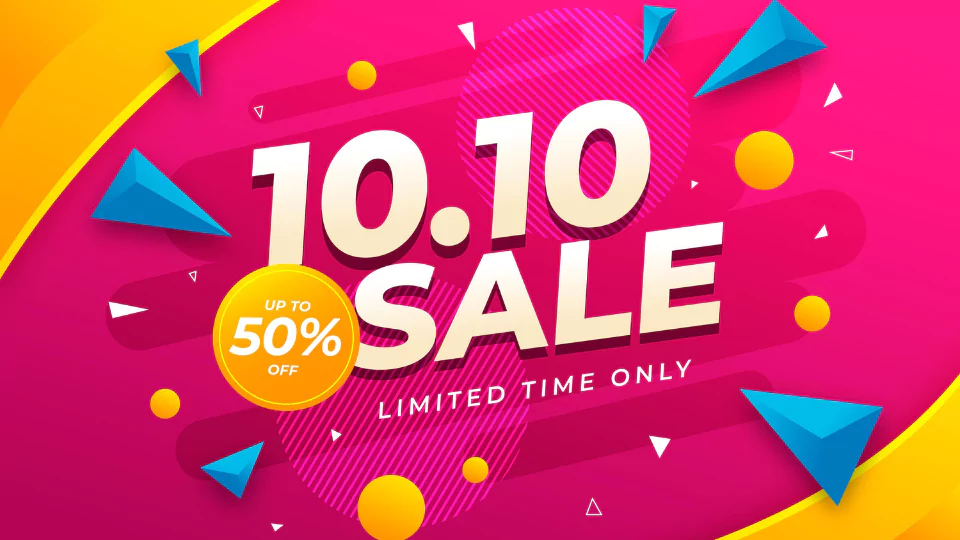
There’s also a bit of fun behind these dates. Double digits are easy to remember, and for some people, they stand for good fortune, so they’re a natural fit for creating buzz and bringing shoppers together. Over time, what began as a simple sale has turned into a major moment, with millions of people and hundreds of brands from countries like Singapore, Malaysia, Indonesia, Thailand, and the Philippines looking forward to it each year.
But the huge popularity of 10:10 also brings new challenges. With so many brands trying to grab attention at the same time, social media and online shops become crowded. Shoppers see tons of ads and offers, which sometimes makes even the best deals easy to miss. For brands, it’s no longer enough to just lower prices, standing out these days takes creativity and finding new ways to connect with your audience, even when everyone is shouting at once.
The Race for Attention: Think Outside the “Feed”
A study by Media Dynamics, Inc., cited by AdFuel, found that in the 1970s, people were exposed to about 500 to 1,600 advertisements daily, mostly through traditional media such as TV, radio, and print. Today, that number has skyrocketed with estimates suggesting individuals encounter between 4,000 and 10,000 ads every day across social media, search engines, websites, and streaming services.
This huge jump is mainly because we spend so much time online, and advertisers have more ways than ever to get their message across. However, being exposed to so many ads means people often scroll past or ignore most of them, making it harder for brands to catch attention and stand out.
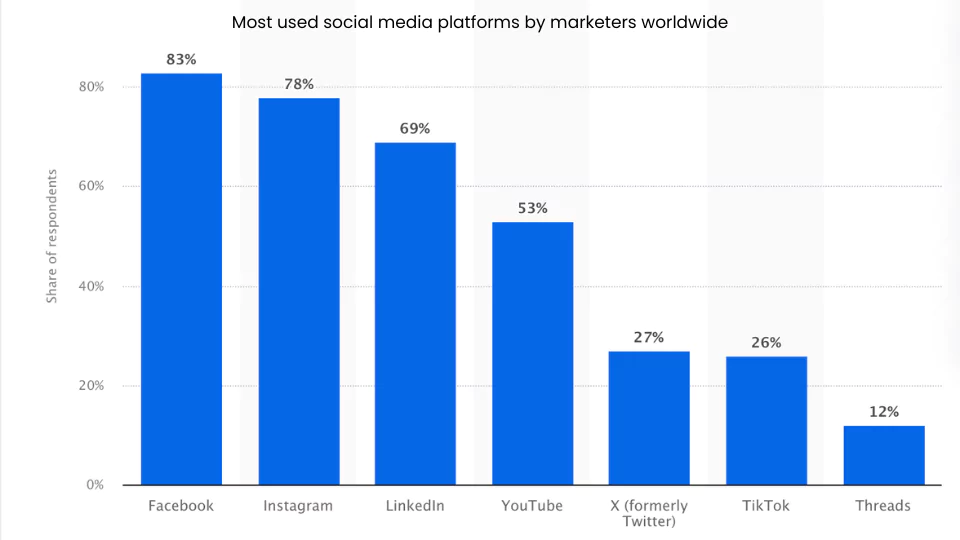
Image Source: Statista
The graph above shows that 83% of marketers still consider Facebook their most important social media platform, followed by Instagram 78% and LinkedIn 69%. However, platforms like YouTube, TikTok, and X hold much smaller shares of marketer attention. This means brands are heavily focused on only a few platforms, leading to intense competition and increased digital clutter on these channels.
With so many brands fighting for visibility in the same crowded feeds, relying on social media alone is no longer enough. To truly get noticed, brands must connect with customers beyond online platforms and create a seamless experience that flows smoothly across multiple channels, including both digital and physical touchpoints.
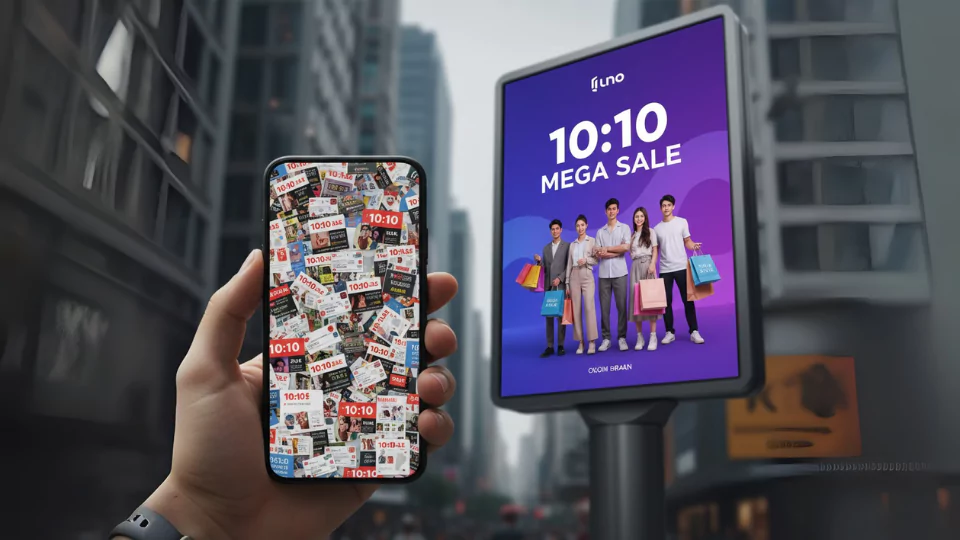
Source: Canva AI
This approach is called “out-of-feed” thinking. Instead of only pushing promotions within social media feeds, brands look to expand into new spaces where their audiences spend time. One of the most effective ways to do this is through Digital Out-of-Home advertising (DOOH), the vibrant digital screens displayed in public places like bus stops, transit stations, shopping malls, and city streets.
DOOH complements online campaigns by amplifying reach and improving recall. It provides a way for brands to make a memorable impact during a busy sales period, delivering their key messages both digitally and physically, which strengthens an omnichannel strategy.
By blending social media presence with well-placed DOOH campaigns, brands can break free of the limited screen size, broaden their reach, and create a richer, more engaging branding experience.
Why Digital Out-of-Home (DOOH) Is a Game Changer
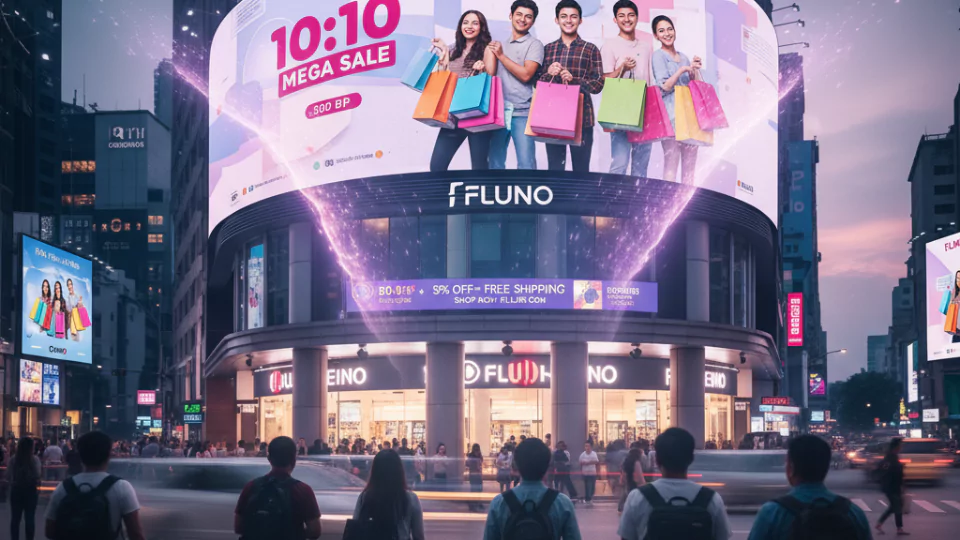
Source: Canva AI
Many marketers still think Out-of-Home (OOH) advertising is old-fashioned, expensive, or hard to measure. But today’s DOOH is very different. The global DOOH market is booming and expected to reach nearly US$26.33 billion by 2030, growing at around 7% annually.
One reason for this rapid growth is flexible pricing models such as cost-per-thousand-impressions (CPM), which empower advertisers to control budgets effectively, allowing them to test and scale campaigns without significant upfront investments. Furthermore, DOOH campaigns are highly measurable, with near real-time data providing marketers with clear insights into ad performance and audience engagement, eliminating guesswork from campaign management.
Innovation also characterizes modern DOOH. It leverages dynamic creatives that adjust based on factors like time of day, location, or audience behavior. Trigger-based ads enable brands to deliver messaging tailored to specific conditions, while contextual targeting aligns ads with the environment or current events, enhancing relevance and consumer engagement.
According to the Out of Home Advertising Association of America (OAAA), 88% of consumers notice OOH ads, and 78% have recently taken some form of action in response. These figures underscore DOOH’s effectiveness as a powerful digital extension beyond traditional billboards.
In short, OOH is no longer simply a traditional advertising channel. It is a dynamic, high-tech platform that enables brands to break through the noise, connect with audiences meaningfully, and greatly amplify the impact of their campaigns across multiple platforms.
Introducing Moving Walls Market: Simplifying DOOH for All
Moving Walls Market is a revolutionary self-serve platform that makes digital out-of-home advertising as easy as running online ads. Brands can plan, buy, and manage billboard campaigns with flexibility and transparency, with no complex negotiations or long waits required.
Advertisers can quickly upload creatives, choose from a global network of landmark and local screens, and launch campaigns almost instantly. Advanced targeting features ensure that ads appear exactly where and when they have the most impact, reaching the right audience with precision.
For this 10:10 shopping season, there’s a special entry package priced at $1,000, making billboard advertising surprisingly affordable. The first 100 customers also get a free carbon footprint report, demonstrating a commitment to responsible advertising. Plus, brands can enjoy an additional 10% discount during the promo period, making this an excellent opportunity to amplify 10:10 promotions.
By simplifying DOOH planning and buying, it helps brands extend their reach beyond cluttered social media feeds, allowing campaigns to break through the noise and truly stand out. Easy-to-use dashboards and intuitive tools guide users every step of the way, supported by visual product screenshots that illustrate how effortless DOOH can be.
This platform is designed to bring the power of programmatic and dynamic DOOH advertising to marketers of all experience levels, transforming outdoor advertising into a seamless, digital-first experience.
Take Your 10:10 Sale from Scroll to Streets
To maximize your 10:10 sale impact, go beyond crowded online feeds by showcasing your brand on digital billboards in high-traffic locations. This captures shoppers’ attention where they live, work, and commute, helping your message cut through the noise, create lasting impressions, and reach a wider audience during this competitive sales season.
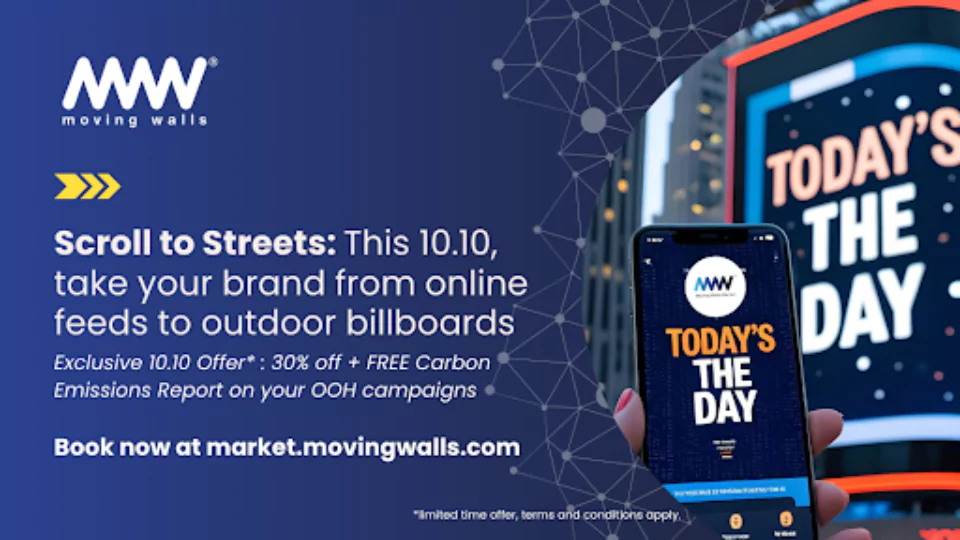
Source: Moving Walls Market
Your 10:10 promotion deserves to be seen, not buried in the endless scroll. Moving Walls Market makes it easy, affordable, and measurable to put your brand on high-impact, widely visible digital billboards.This year, give your campaign the attention it truly deserves, move beyond the feed and onto the streets with Moving Walls Market.
Scale up your OOH Ads with better ROAS today.